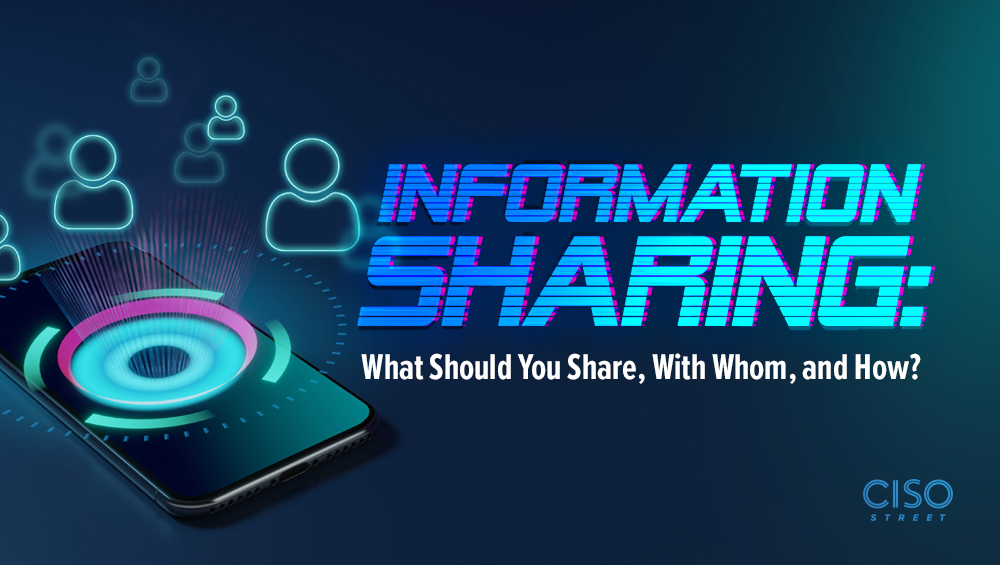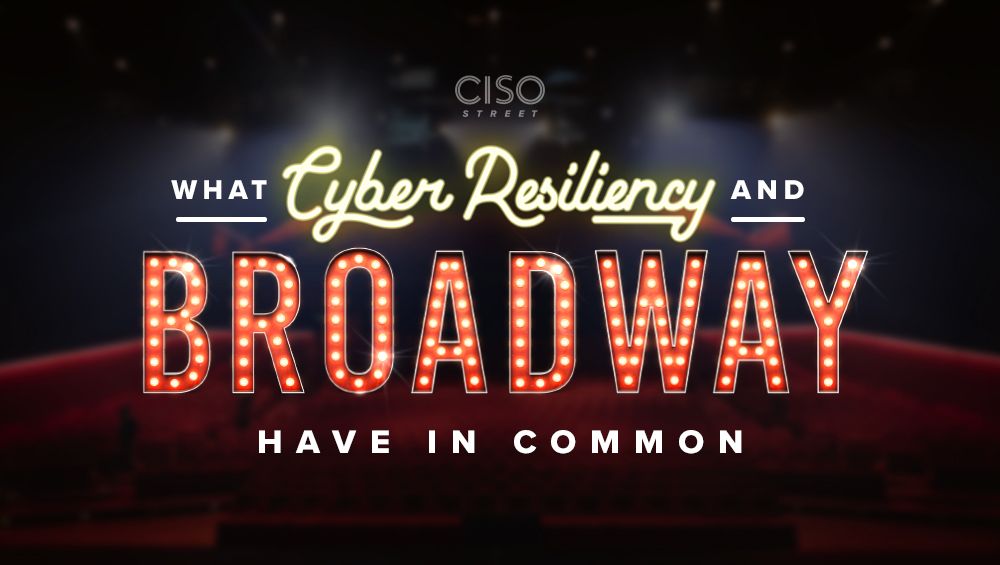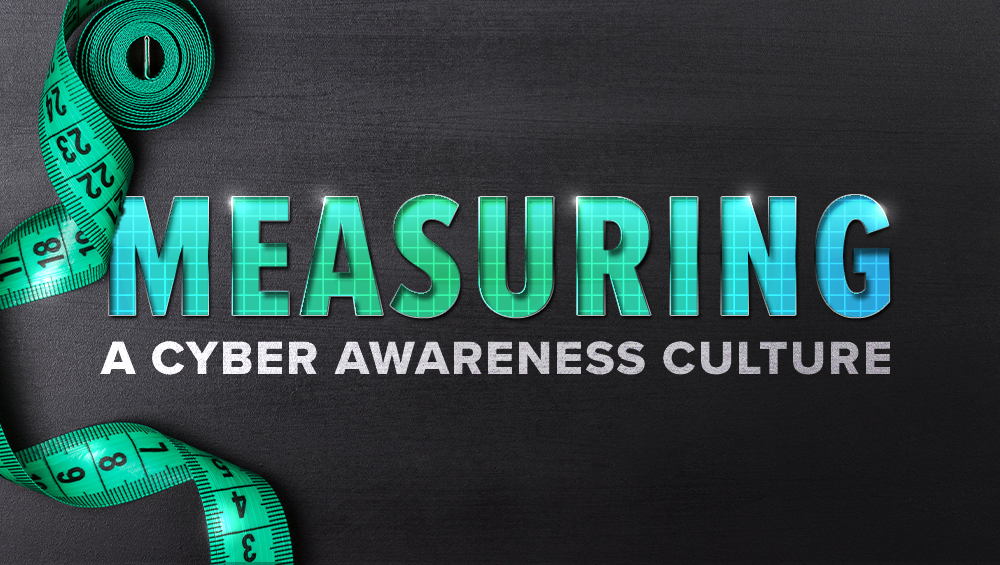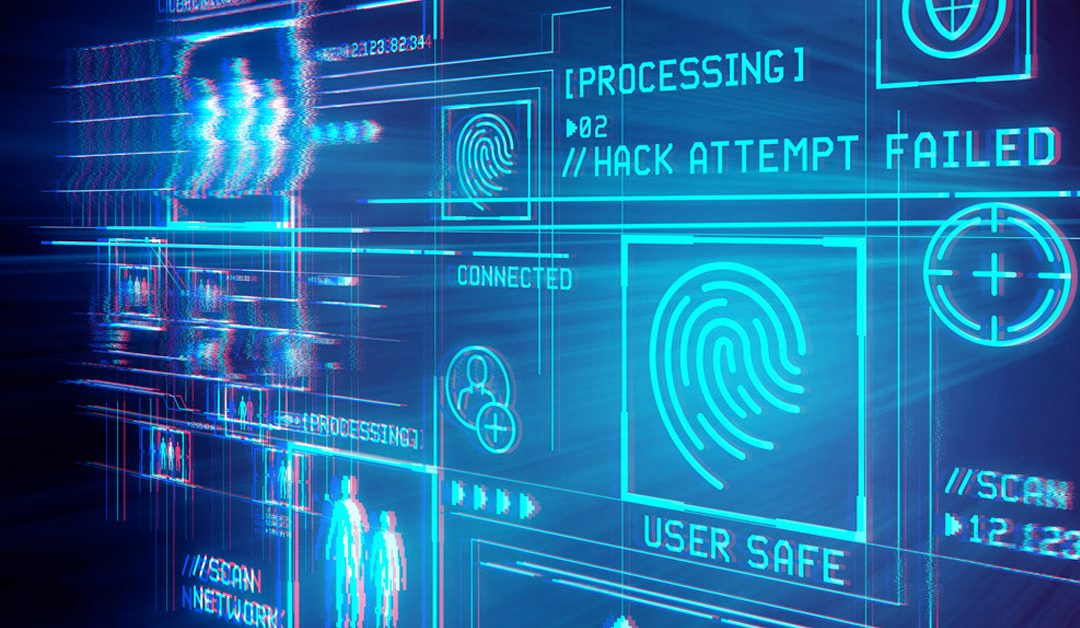Temporary Section
Your content goes here. Edit or remove this text inline or in the module Content settings. You can also style every aspect of this content in the module Design settings and even apply custom CSS to this text in the module Advanced settings.

Information Sharing: What to Share, With Whom, & How
There’s more to information sharing than calling the Feds. You also need to inform your partners in the event of a cybersecurity incident, not just third parties but fourth and fifth parties, too. You need to consider what information to share and how to share it. If your Microsoft Exchange server was exploited, for example, information sharing via email is far from advisable. Information sharing can be especially difficult for smaller organizations who may not have processes behind information sharing. All organizations must establish processes that include information sharing and also demonstrate the value of it to their employees.

What Cyber Resiliency and Broadway Have in Common
“The show must go on” is not just a famous Queen song or a mantra in showbiz. Whether your network suffers a failed software update, a big storm cuts off your supply chain, or you have a major breach, you must do everything you can to keep the business running. In other words, your organization must be resilient. One aspect of cyber resilience is establishing a business continuity and disaster recovery plan. Perhaps the most important aspect of resiliency, however, is the resiliency of your team. It’s important to keep in mind the impact a major incident can have on your employees, especially in a post-pandemic world.

Measuring a Cyber Awareness Culture
Regulators and auditors are asking more frequently about organizations’ cybersecurity awareness and cultural programs. The sooner these organisations begin empowering their employees, the sooner they will improve their cybersecurity posture.
When software reaches EOL, it means that program will no longer be supported by the developer and there will be no more updates. Without updates and bug fixes, this software becomes vulnerable to hackers and cyber criminals.

